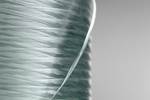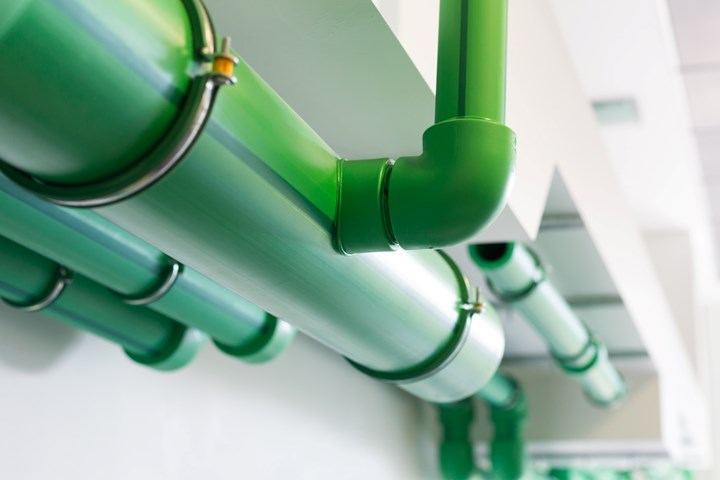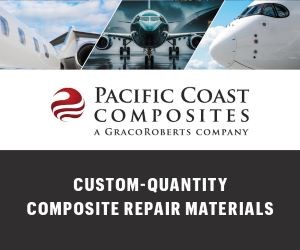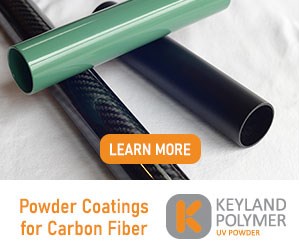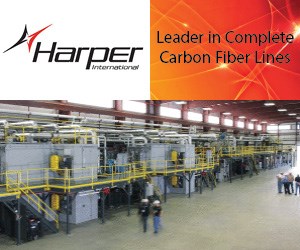Avient polyketone-based materials offer additional sustainable alternatives to polyamides
Complēt PKE long fiber-reinforced engineered thermoplastics, available with 30-50% long glass fiber, broaden application options, even in cold environments.
Avient Corp. (Cleveland, Ohio, U.S.), a provider of specialized and sustainable material solutions, announces an expansion to its range of polyketone (PK) based materials with new Complēt PKE long fiber-reinforced engineered thermoplastics. The new formulations broaden options for customers looking for strong mechanical performance to support demanding applications, even in cold environments.
Joining Edgetek PKE and LubriOne PKE materials launched in 2021, Complēt PKE formulations provide alternatives to nylon (PA) and acetal (POM) based formulations, offering added supply security and sustainable benefits.
“This development represents a proactive response to demands from our customers in oil and gas, transportation and industrial industries looking for next-generation engineered materials with a property retention as low as -22°F for pipes, tubing, fluid management and more,” Eric Wollan, general manager, PlastiComp at Avient, says.
Complēt PKE formulations are semi-crystalline and are said to deliver excellent chemical resistance, low moisture uptake and dimensional stability similar to nylon (PA66). According to Avient, when compared to alternatives during standard testing, the materials have the potential to reduce the carbon footprint over the product lifecycle, producing 61% less CO2 than PA66, 46% less than PA6 and 30% less than POM. Grades are available with 30-50% long glass fiber, enabling customers to request customized performance requirements for certain applications. These materials are especially useful in applications in chemical, fuel contact and high-moisture environments that benefit from chemical and hydrolysis resistance.
Avient’s Complēt PKE portfolio series are manufactured in North America and are available globally.
Related Content
-
Composite rebar for future infrastructure
GFRP eliminates risk of corrosion and increases durability fourfold for reinforced concrete that meets future demands as traffic, urbanization and extreme weather increase.
-
Cryo-compressed hydrogen, the best solution for storage and refueling stations?
Cryomotive’s CRYOGAS solution claims the highest storage density, lowest refueling cost and widest operating range without H2 losses while using one-fifth the carbon fiber required in compressed gas tanks.
-
Sulapac introduces Sulapac Flow 1.7 to replace PLA, ABS and PP in FDM, FGF
Available as filament and granules for extrusion, new wood composite matches properties yet is compostable, eliminates microplastics and reduces carbon footprint.



